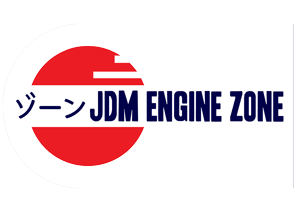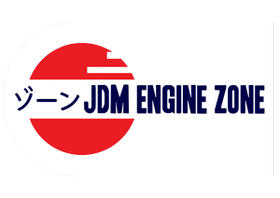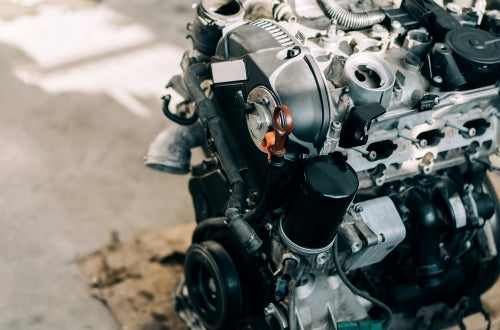Early History of Mitsubishi: From Aircraft to Cars
Early History of Mitsubishi: From Aircraft to Cars

Mitsubishi PX33, was Mitsubishi's first serious shot at commerical automobile market. Despite not being a huge success, PX33 paved the way for Mitsubishi's post-war automobile industry.
Mitsubishi is a global brand that has become a household name. Its history is a long and fascinating one. The company has come a long way from its early days in 1870’s Japan as a shipping company to being the manufacturer of high-tech products such as cars, aircraft, and electronics. In this blog post, we will delve into the early history of Mitsubishi and how it evolved from a small shipping company to being a giant multinational conglomerate.

Mitsubishi was a Zaibatsu, a term given to influencial industrial and financial companies of Meiji period. Mitsubishi rapidly grew and became Imperial Japanese Navy's aircraft supplier during the inter-war period. Mitsubishi's advancement in aircraft engines helped them develop commercial vehicles too.
The roots of Mitsubishi go back to 1870 when Yataro Iwasaki started a shipping company called Tsukumo Shokai. This became the Mitsubishi Shokai, which was renamed Mitsubishi Heavy Industries in 1934. Despite its modest beginnings in the shipping industry, Mitsubishi grew rapidly and expanded into various business areas.

Mitsubishi's 1MF carrier-borne aircraft on the flight deck of Hosho, 1MF was the first aircraft to take off and land on the Hosho in 1923.
One of the major turning points in the history of Mitsubishi was the company's decision to enter the aviation business. The founder of Mitsubishi, Yataro Iwasaki, was keenly interested in airplanes and wanted Mitsubishi to produce them. In 1920, the company began producing its own aircraft and became the first Japanese company to manufacture an aircraft. It was the start of Mitsubishi's journey into the world of aviation.

Mitsubishi A6M Reisen, Allied callsign ''Zeke'' or ''Zero'', was the primary carrier-borne fighter of the Imperial Japanese Navy during the war. Mitsubishi produced around 11.000 Zero's during it's production run, making it the most produced Japanese aircraft of the war.
During World War II, Mitsubishi's focus shifted to making warplanes for the Japanese military. Its most famous product was the Zero, which was the primary fighter plane used by the Imperial Japanese Navy during the war. The Zero performed very well in early war period. Zero lacked armor protection but was fairly manueverable and could reach great speeds, the design of Zero constantly improved during the war but no enhancements were able to make it keep up with the British Seafire or American F4U and F6F carrier-borne aircraft.

Mitsubishi F-1 was the first domestically produced supersonic aircraft for the Japanese Air Self Defence Force. Mitsubishi Industries still produces and maintains aircraft for JASDF, most famous of these being F-2 and F-4EJ Kai.
After World War II, the Japanese aircraft industry was banned by the Allies. This forced Mitsubishi to shift its focus to other areas such as shipbuilding, heavy machinery, and automobiles. In 1960, Mitsubishi launched its first car, the Mitsubishi 500. It was a small, economical car that proved to be popular among Japanese consumers. After the restrictions on Japanese arms industry were relaxed, Mitsubishi went back to supplying equipment to Japanese Self Defence Forces.

Mitsubishi 500 was one of the first cars to be produced by Mitsubishi. Sharing some similarities with the iconic Fiat 500, Mitsubishi 500 helped Mitsubishi to gain a huge leverage in Japan's domestic automobile market.
In the years that followed, Mitsubishi introduced a broad range of vehicles, ranging from sports cars to family sedans. The company is now one of the world's leading car manufacturers, with models that are renowned for their quality, safety, and reliability.
Mitsubishi's journey from a shipping company to a world-renowned manufacturer of high-tech products is an impressive one. It is a testament to the company's innovative spirit and its constant efforts to push the boundaries. Whether it's aviation, shipbuilding, or automobiles, Mitsubishi has always been at the forefront of innovation. Its commitment to quality, safety, and reliability has made it a trusted brand around the world. As we head into the future, it will be exciting to see where Mitsubishi's next innovations will take us.




